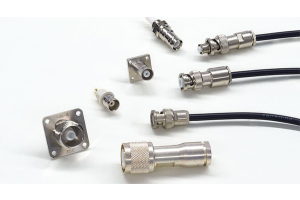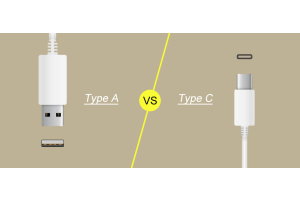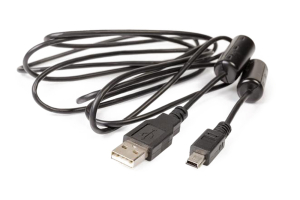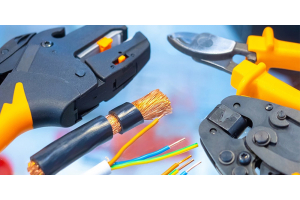You Need to Know About M12 Connector Coding
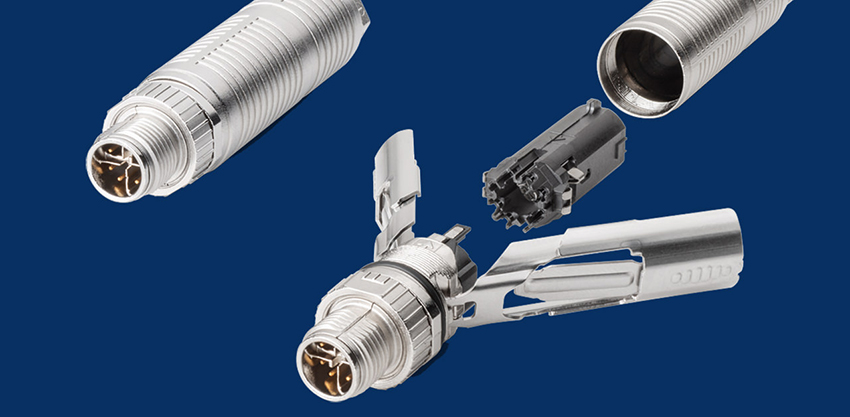
When someone talks about needing M12 connectors for an upcoming project, you should always ask a follow-up question: what kind of M12 connectors? There is more to this question than just choosing an M12 connector. Think about asking someone to go to the store and buy a light bulb. It may seem simple on the surface, but they will realize that there are many choices available depending on preference and application.The same is true for M12 connectors.
At a glance, it's hard to tell the difference between an M12 connector and any other connector. Instead, important differences can be found inside the connector, namely the way the connector is keyed for insertion and the way the pins are configured to prevent or allow mating. These configurations are known as connector "coding"; coding is necessary to distinguish and identify the various M12 connectors.
In the field or on the factory floor, where workers are expected to quickly disconnect, reconnect, and install new connectors, coding also ensures that M12 connectors are not plugged into the wrong circuit or used in the wrong application. (This is one of the reasons why European and U.S. receptacle plugs are different: they have different shapes to prevent misplugging). When you try to plug an M12 connector into the wrong socket, it won't fit.
The wide range of codes makes M12 connectors suitable for many different markets and applications. They are commonly used in agriculture, alternative energy, communications, factory automation, food and beverage, measurement and control, robotics, and transportation.
5 Most Common M12 Connector Codings


M12 A-coded connectors have been widely used for decades. They are also the most versatile in terms of the types of connections they support and the number of pins in the connector (3 to 12 or more). They support direct current (DC) connections for connecting sensors and actuators as well as Ethernet connections up to category 5e (four-wire pair connection).
M12 B-coded connectors are used for network or non-Ethernet fieldbus connections (most commonly PROFIBUS). They can also be used for sensor connections. As PROFIBUS and similar fieldbus protocols are replaced by Ethernet, the use of this connector is likely to diminish.
M12 C-coded connectors are used for alternating current (AC) applications, including motor connections. They also have a double keyway for added security. C coded connectors are less common than other connectors.
M12 D coding connectors are primarily used for industrial Ethernet connections such as PROFINET and EtherNet/IP, and their form factor supports two pairs of connections. Unlike M12 X-coded connectors, D-coded does not support Gigabit Ethernet, only Fast Ethernet (100 Mb/s).
Finally, the M12 X-coded connectors are the latest development and are specifically designed to support Gigabit Ethernet. In addition to preventing mismatches, these connectors are designed with walls of isolation between each set of two pins (four sets of two pins each). These pin walls prevent crosstalk and interference, resulting in excellent Category 6 or 6A performance (up to 10 Gb/s).
Additional M12 Codings You Need to Know for Power Connections
This leads us to the next group of M12 connectors, which support higher voltage and current ratings than M12 connectors. In these connectors, the pins are spaced to provide proper electrical performance and prevent mismatch:
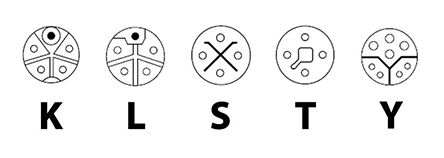

- M12 K coding connector has five pins and is intended for AC connections (AC motors, motor-operated switches, PSUs, etc.) and is rated at 630V.
- M12 S coding connector with four pins is also used for AC connections and is rated at 630V.
- M12 L coding connector type has four or five pins and is used for DC connections (DC motors and drives, LED fixtures, I/O modules, etc.) and is rated at 63V.
- M12 T coding connector type has four pins and a functional ground pin, is also used for DC connections and is rated at 63V.
Finally, there is the M12 Y-coded connector. This hybrid connector supports both power and data connections through the same connector; inside the connector, a wall separates the power and data pins. This saves valuable space and reduces installation time and materials.
Summary
Next time someone mentions an M12 connector, be sure to ask: What kind of M12 connector do you need? It saves time.
We offer a wide range of keyed M12 connectors, so if you have any questions or insights, please feel free to come and talk to us!

